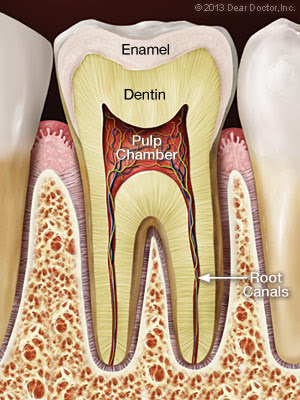I have
been through a lot when it comes to the dental world. Wanting to have great looking teeth is a
normal thing in the United States and we generally have the best healthcare
system to keep up with that want.
Personally, I have been blessed with natural straight teeth, but I do
find that keeping them white is a bit of an uphill battle. It is rather difficult to keep your teeth
sparkling white by simply brushing your teeth twice a day and flossing. So it is not unusual for Americans to go
after some teeth whitening services or products to ampliphy the way they
look.
So if you have done the teeth whitening regime
you know that it can be painful and sometimes take a very long time for it to
actually work. I have wondered
personally rather I have wasted lots of money on faulty products or if there
was something more to it. What I learned
is that after you get your teeth whitened they are now stripped of lots of
minerals and protectants and are simply more susceptible to foods that
stain.
So it is important to change up
your diet after you whiten your teeth.
For me personally, that means not eating dark or super acidic
foods. It also means not drinking died
drinks. Alcohol is out the window for me
and that is because it can cause more acid build up and strip your teeth even
more and any type of liquid with a die in it may stain your teeth much worse
than the whitening will cover. So keep
an eye on what you eat and drink and attempt to stay away from soda if you can.
Lots of soda drinks not only are loaded with
sugar but generally have a color dye.
The dye in the drink can easily darken your teeth and make all the work
you did on whitening disappear. So in all honesty it makes a lot of sense that
this would happen and it also makes a lot of sense why sometimes I believed my
teeth whiting products were not working.
The reality is that it was most likely my own eating habits that were
preventing the teeth whiting products from actually working.
I am still a bit at a loss for why these
products also make my teeth more sensitive but I do now know why they might now
be working as well. So consult your dentist and see what would work best for
you and your oral health.








